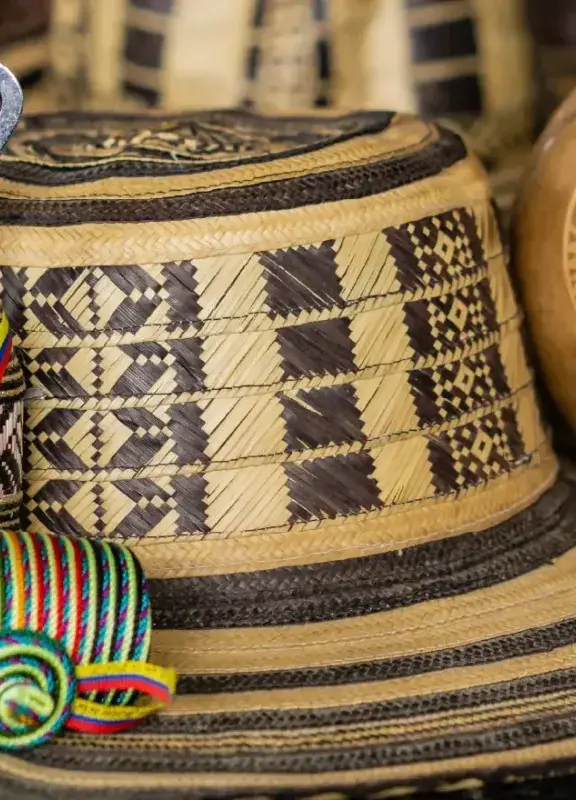Fall in love with the ecosystems of Colombia, the land of beauty
Discover the natural wealth of Colombia and get to know our jungles, moors, beaches and deserts. Explore the incredible biodiversity that inhabits each of these ecosystems.
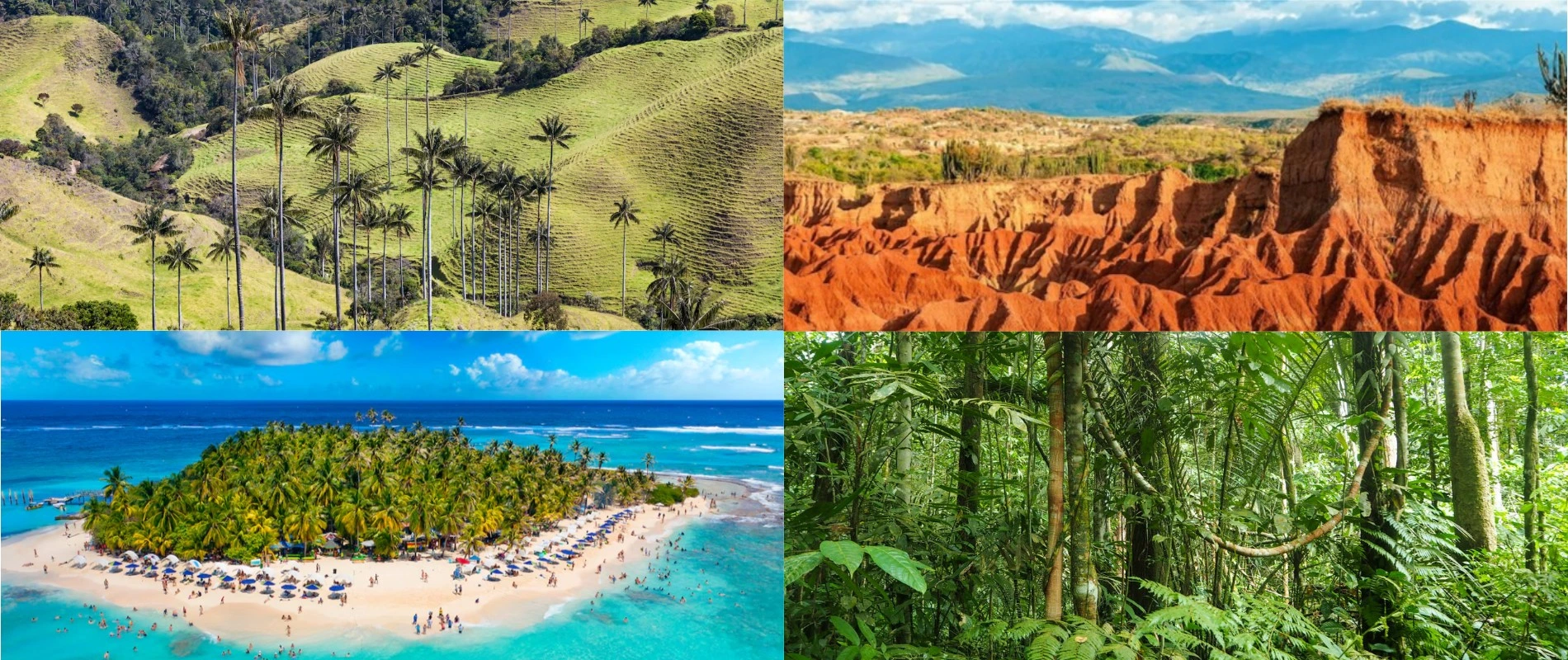
Colombia stands out as one of the most diverse countries in the world, thanks to the richness and variety of its ecosystems. Our territory is home to a large number of natural landscapes, including tropical forests, deserts, paramos, mangroves, jungles, and beaches, each with unique characteristics and a biodiversity that makes it invaluable. These ecosystems are not only essential for ecological balance, but also represent a vital source of resources for life in the country and on the planet. In this article, we invite you to learn more about the ecosystems that make Colombia a true natural treasure.
Forests: diverse and essential for biodiversity
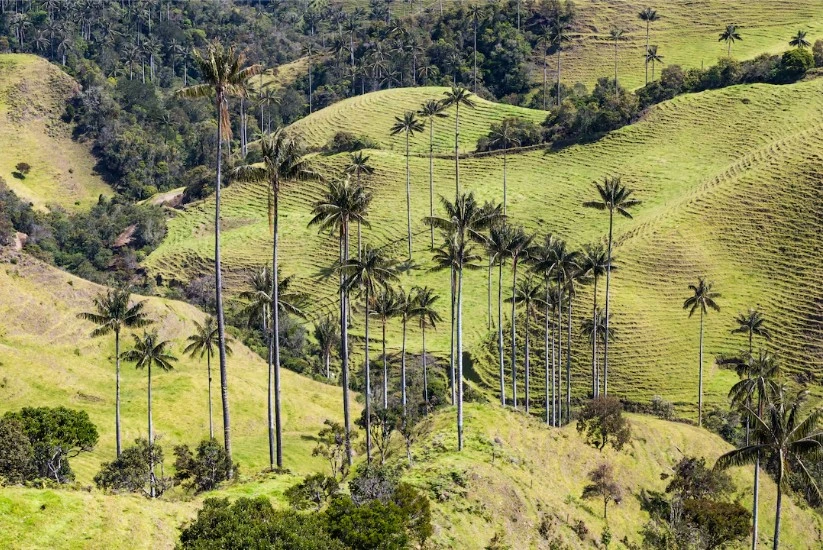
Colombia's forests cover about 53% of the national territory. These ecosystems are incredibly diverse and are distributed across different regions of the country: from the dense tropical rainforests of the Amazonas to the Andean forests that stretch along the Cordillera de los Andes. They are not only fundamental for biodiversity—housing thousands of species of flora and fauna, many of them endemic—but also play a key role in climate regulation, water production, and carbon capture. Each one has unique characteristics and plays crucial roles in preserving water resources. Thus, our forests represent an invaluable natural heritage and an opportunity to strengthen their care and conservation.
You may be interested: The country of beauty: home to Colombian forests
Jungles: lush and sources of life
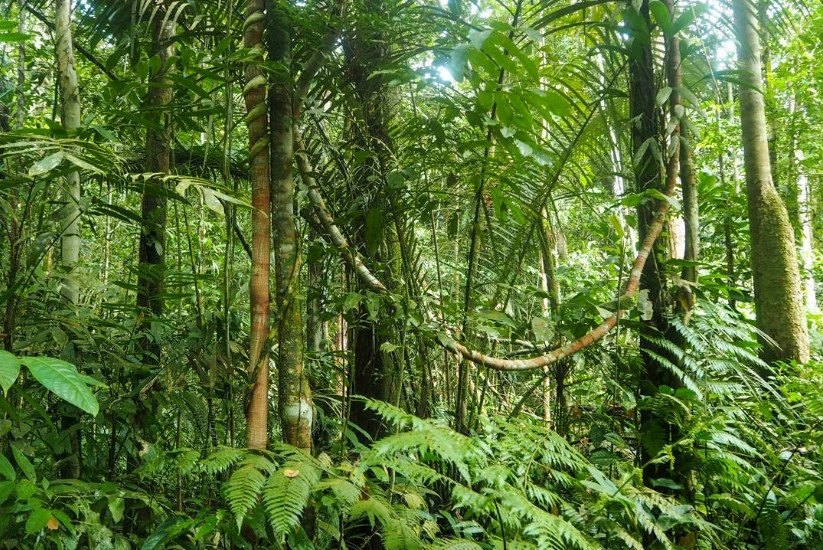
Colombia has great jungle diversity in its different regions. These play a vital role in the country's biological balance. Some include the Selva Amazónica, which stretches across the south of the country of beauty, including the departments of Guaina, Guaviare, Vaupés, Amazonas, Putumayo, and Caquetá. In fact, it is one of the largest in the world and hosts various exotic species. Another is the Chocó jungle, known for its high rainfall and lush vegetation. Thus, many of these Colombian ecosystems are home to different indigenous communities and contribute to maintaining the biological balance of our territory, becoming a fundamental pillar for global conservation.
You may be interested: Colombian biodiversity: Forests and jungles you didn't know existed
Deserts: fascinating and rich in natural diversity
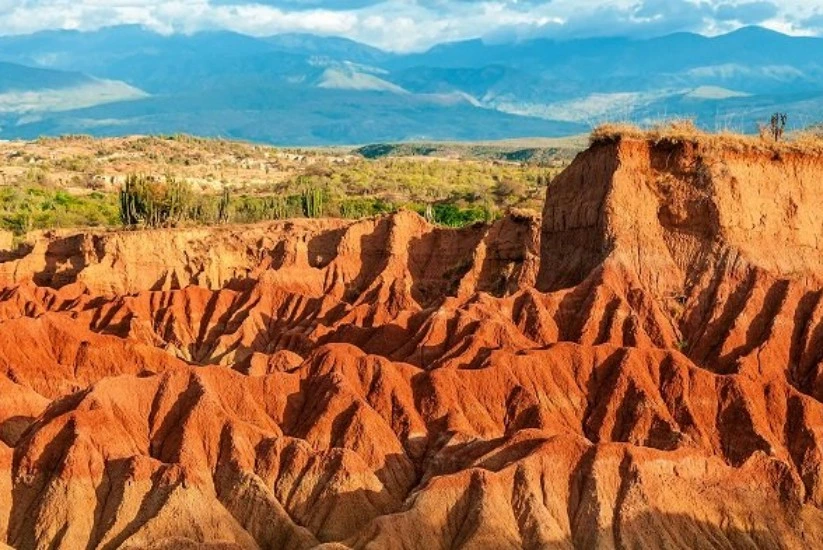
Colombia hosts unique desert areas that further enrich our natural diversity. Among the most notable deserts are the desierto de la Tatacoa, in the Huila department, and the desierto de La Guajira, in the north of the country. These arid ecosystems, characterized by their dry climate, rocky and sandy soils, have impressive landscapes and high ecological value. Additionally, the departments where they are located have significant cultural wealth, especially in La Guajira, where indigenous communities like the Wayúu have inhabited and sustainably utilized the territory. The Colombian deserts are proof of the extraordinary variety of environments that exist in the country and represent a natural treasure that deserves to be known and protected.
You may be interested: Astronomical tourism: 3 destinations to see the stars in Colombia
Beaches: paradisiacal, crystalline, and sources of natural beauty

Colombia has over 2,900 kilometers of coastline, granting it privileged access to both the Caribbean Sea and the Pacific Ocean. This geographical location makes our country a true coastal paradise with impressive marine biodiversity. Here, the beaches are unique: in the Caribbean, there are vast stretches of white sand and crystalline waters, while on the Pacific, the wild and biodiverse coasts offer an equally fascinating ecosystem. Places like San Andrés, Providencia, Cartagena, Palomino, or Capurganá offer dreamy beaches and are ideal for ecotourism, diving, sighting endemic marine species, and practicing water sports. Thus, each ecosystem captivates with its authenticity, biodiversity, and deep connection with nature.
You may be interested: Colombia's oceans: natural wealth surrounding the country of beauty
Paramos: water factories
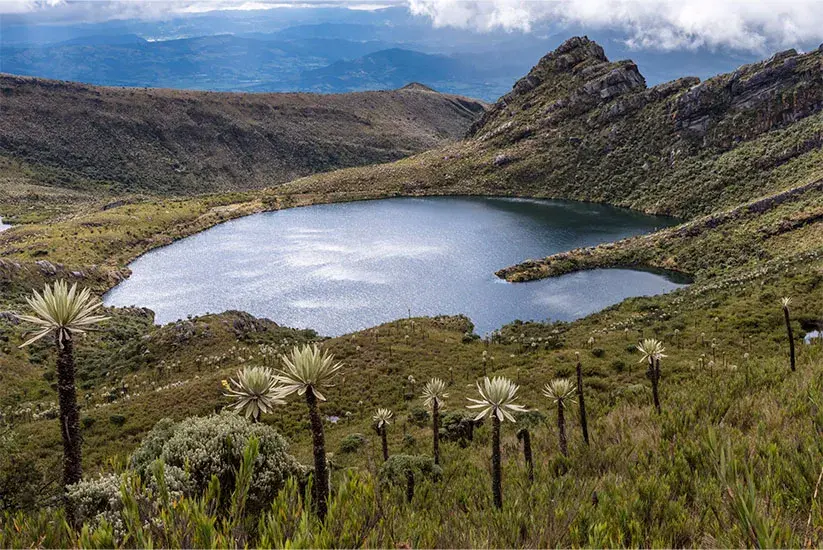
Our country has one of the world's largest water factories: the Colombian paramos. These high-mountain ecosystems are true sanctuaries of life, where unique species of flora and fauna adapted to extreme conditions coexist. Along the Cordillera de los Andes, Colombia hosts about 37 paramo complexes, including Páramo de Sumapaz, Chingaza, Santurbán, Ocetá, and Los Nevados. Beyond their role in regulating the water cycle and contributing to climate balance, paramos are an invaluable heritage for biodiversity and our nation's sustainability. Caring for these ecosystems is essential to ensure a sustainable future.
You may be interested: Colombian paramos: magic and charm
Related articles
 Welcome, you are in
Welcome, you are in 



